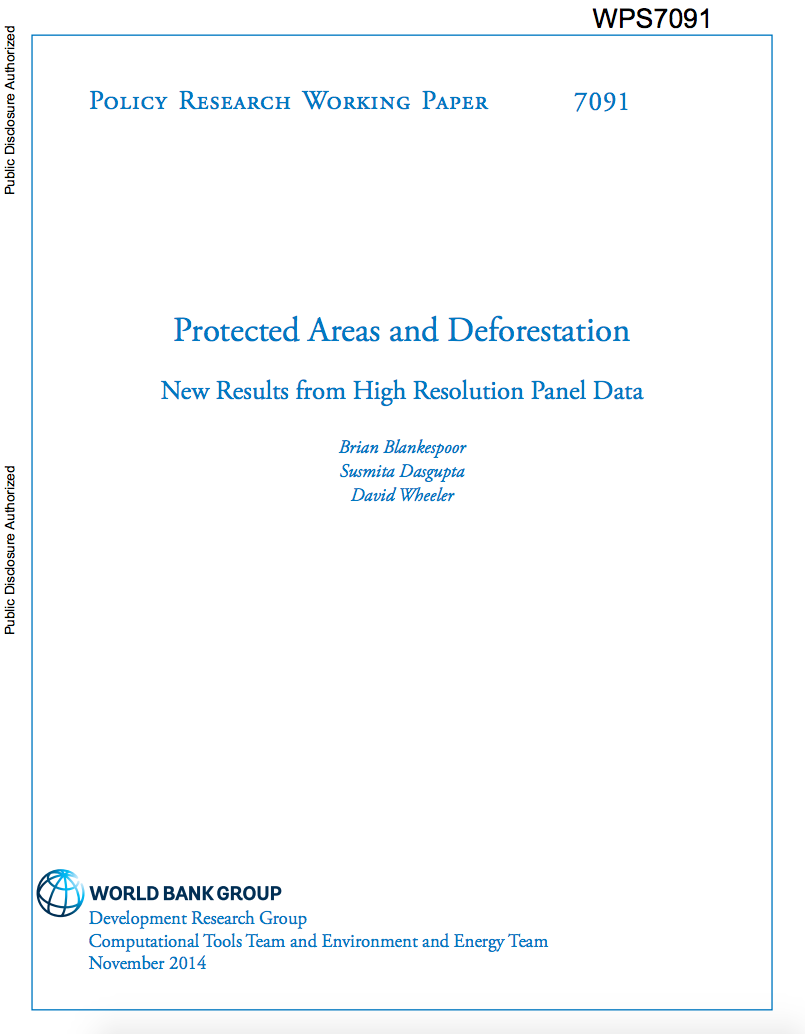Kyrgyz Republic
Between 2008 and 2012 the urban/rural poverty divide substantially narrowed
down, which was the result of relatively stable rural and rising urban poverty rates. Over the same period, food inflation spiked, whereby strong links between domestic and global price movements were observed owed to major import dependence on food. The high shares of consumption that households dedicate to food, especially among the poor, leave limited scope to deal with food price surges by economizing on non-food



